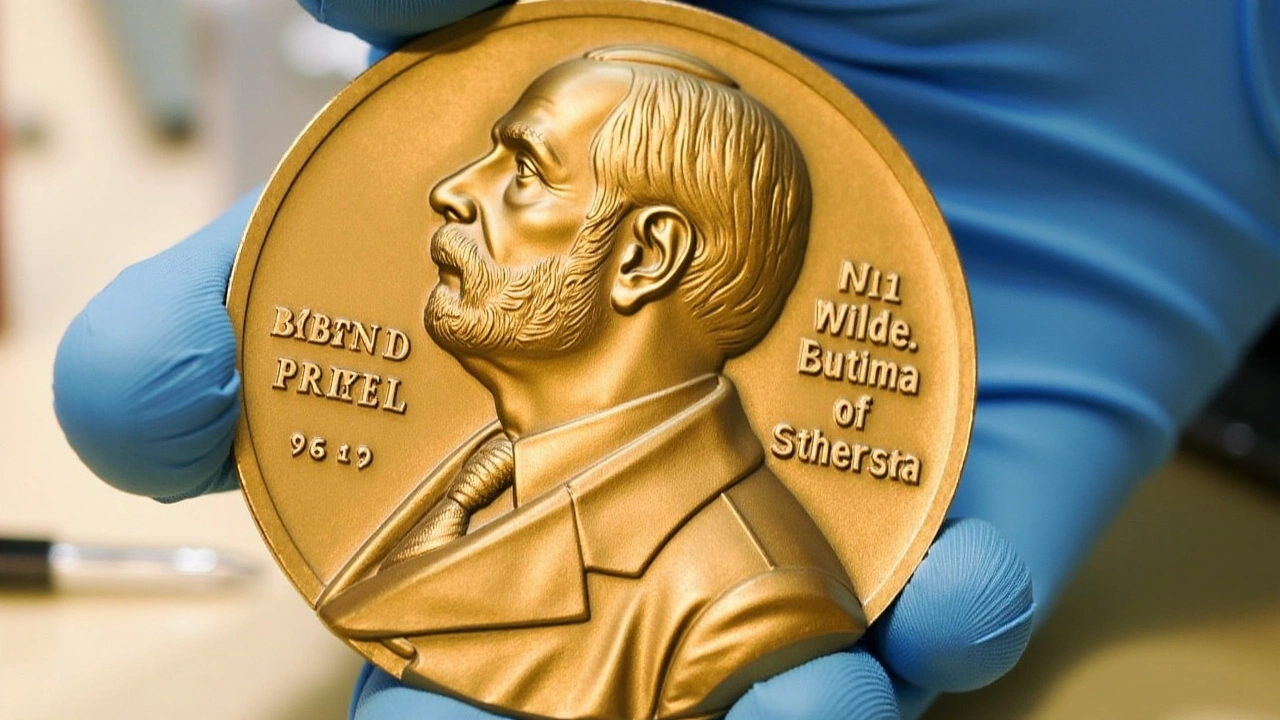Ever wonder how your body knows which genes to turn on or off? That’s where gene regulation comes into play. It’s the process that controls how and when parts of your DNA get used to make proteins and carry out important functions. Without gene regulation, cells wouldn't know what to do or when to do it, which could lead to serious problems or diseases.
Gene regulation happens at many levels, but the main goal is to control gene expression—the making of RNA and proteins. Sometimes a gene is fully active, sometimes partly, and sometimes completely silent. This flexibility lets cells respond to their environment and develop properly.
One common method is through proteins called transcription factors. They bind to DNA near a gene and help start or stop the production of RNA. Imagine them like switches or dimmers for gene activity. Plus, chemical tags can be added to DNA or to the proteins that package DNA (histones), affecting how tightly DNA is packed. When DNA is tightly packed, the gene is often off; when it's loose, the gene can be read and used.
Besides these, cells can regulate genes after the RNA is made. For example, RNA molecules can be broken down or blocked from making proteins. MicroRNAs are tiny bits of RNA that do this job, fine-tuning gene expression to keep everything balanced.
Gene regulation isn’t just a lab concept—it affects your health and how your body works daily. It helps stem cells turn into specialized cells and lets your immune system react to threats by activating specific genes. Problems in gene regulation can cause diseases like cancer, where certain genes that control cell growth get stuck in the "on" position.
Scientists are diving deep into gene regulation to find new treatments. By understanding how genes get controlled, they’re developing therapies that adjust gene activity to fix problems. It’s a promising path for curing illnesses and improving health.
So next time you hear about genes, remember: it’s not just about the DNA sequence itself, but also about when, where, and how those genes are switched on and off. That’s the real magic behind gene regulation.
